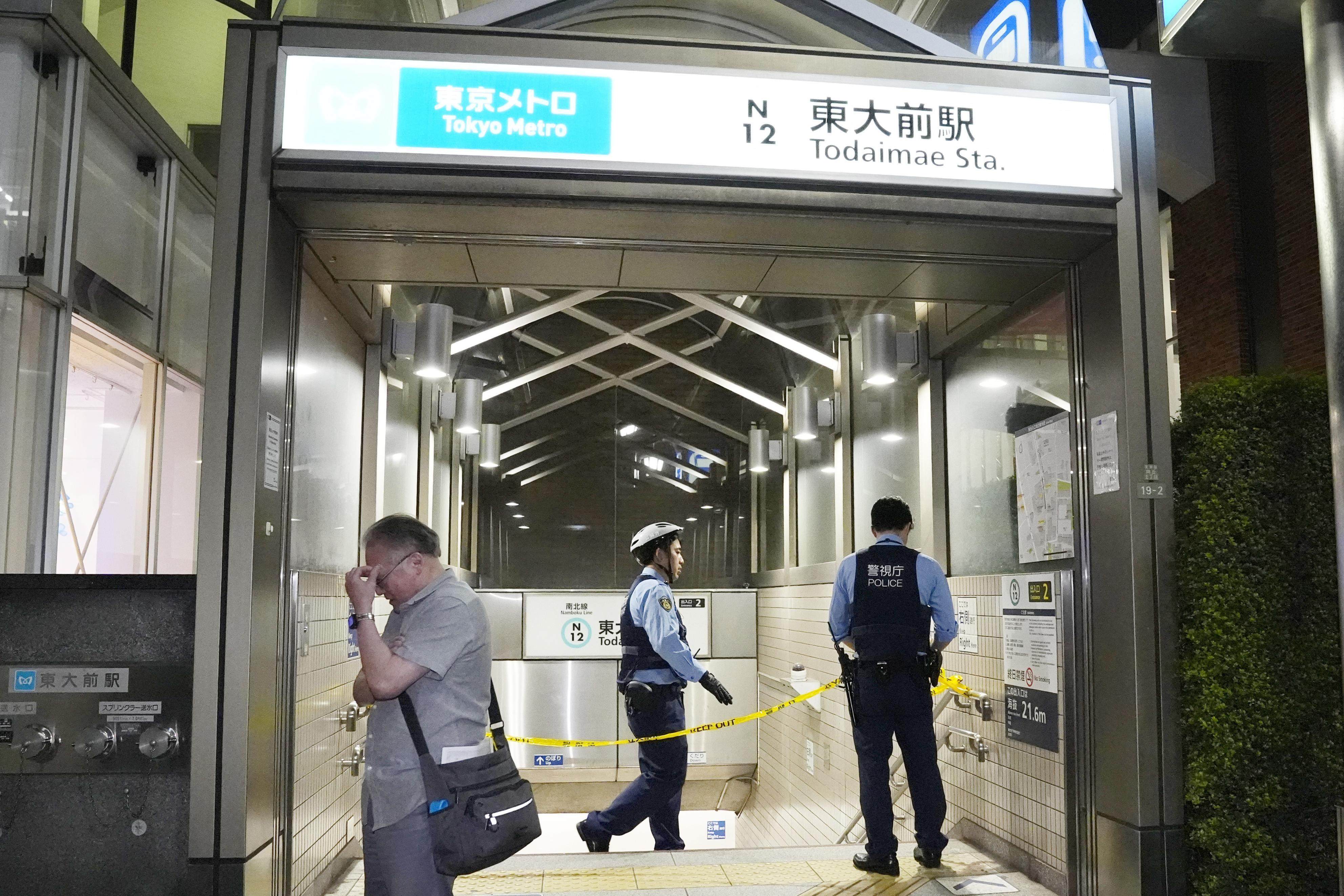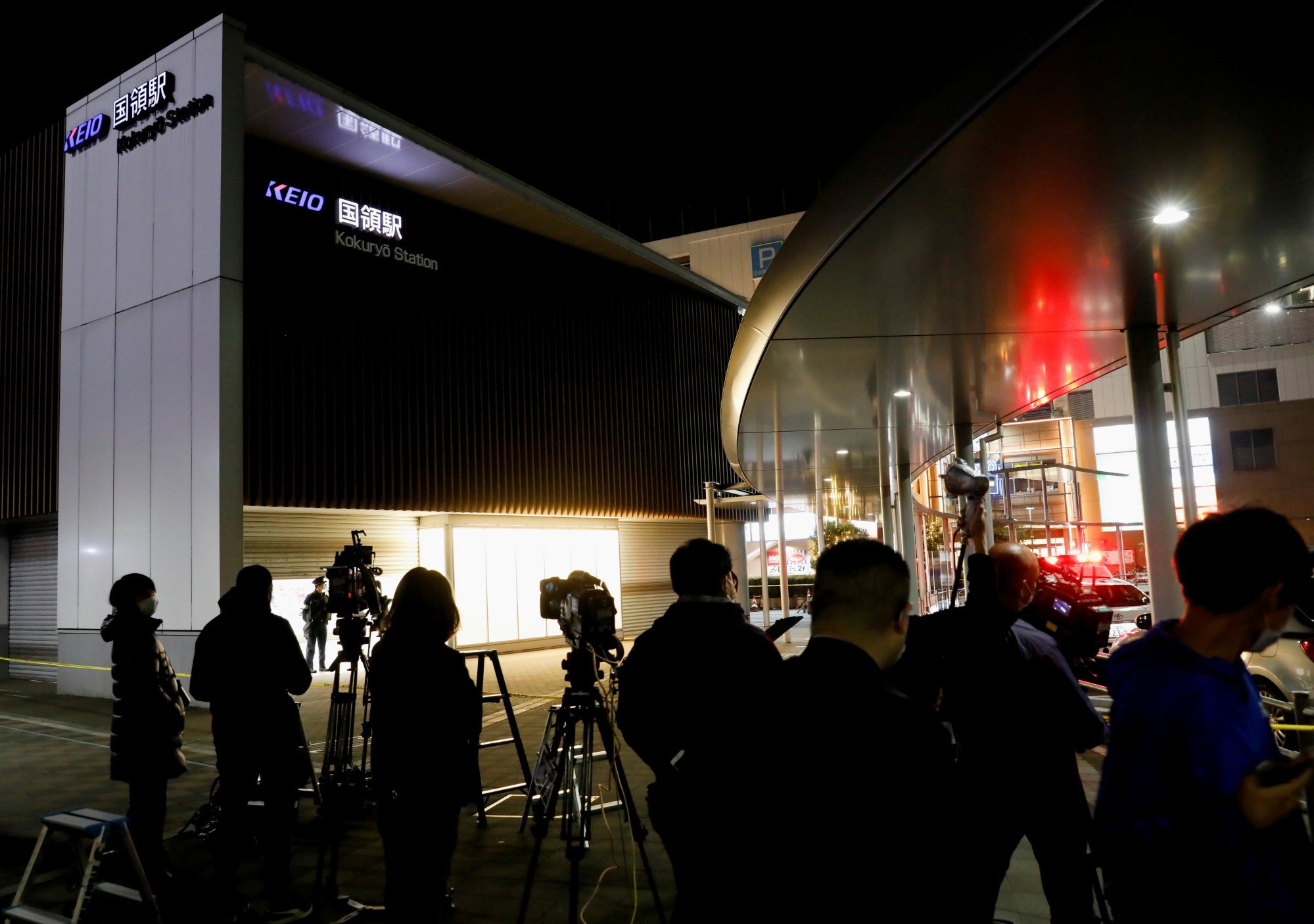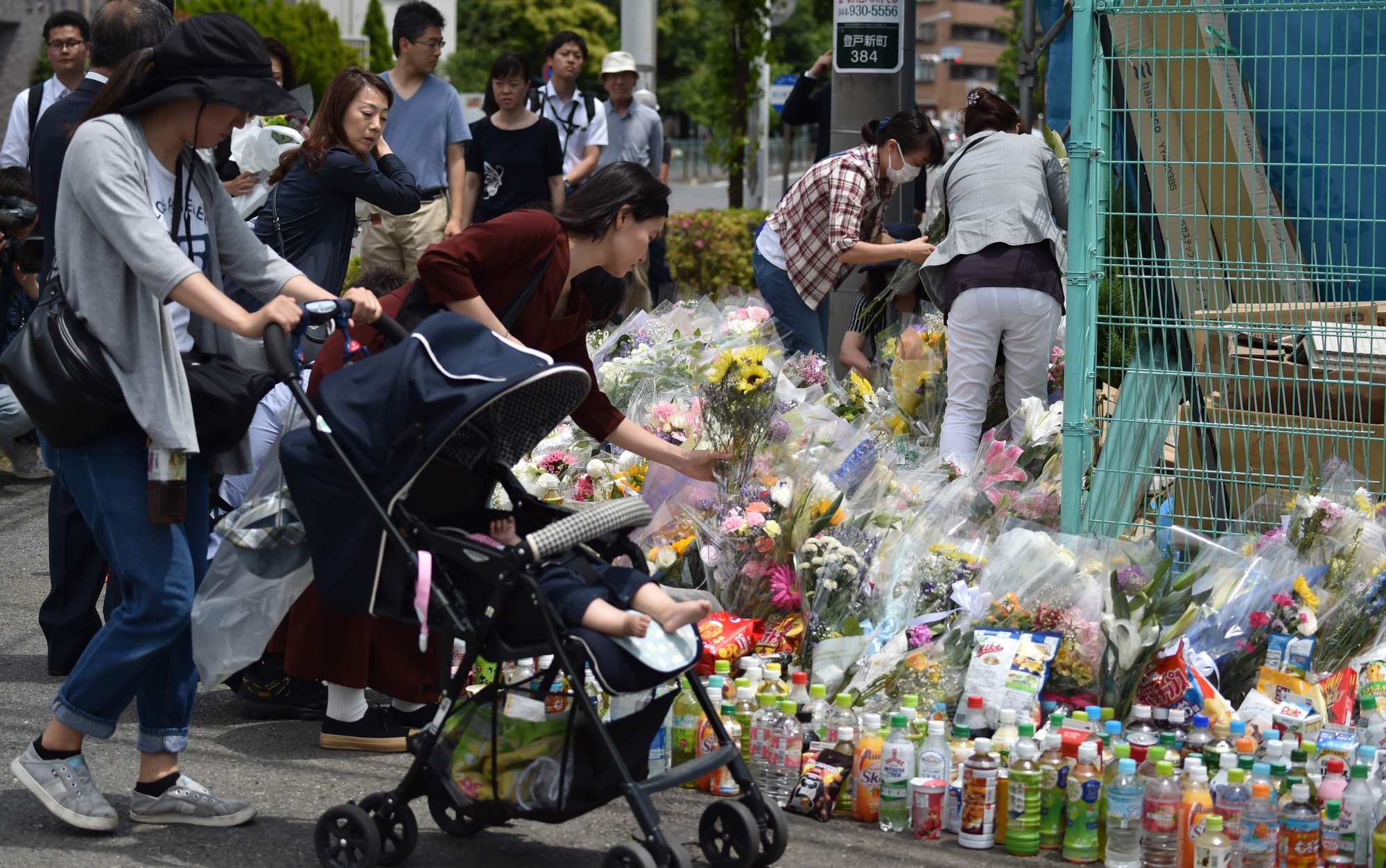Wave of knife attacks in Japan sparks fears of copycat cases
More youths are feeling isolated in Japan, and some among them will not hesitate to carry out acts of extreme violence, analysts say

A spate of knife attacks in Japan carried out by teenagers targeting family members, classmates and random strangers is seen as a reflection of growing psychological stress and a deepening sense of isolation experienced by youth living in an increasingly competitive society.
Warning about past violent incidents influencing the more recent cases, analysts say authorities must remain vigilant to the risk of further attacks.
On Friday, police found the bodies of a 75-year-old man and his 72-year-old wife in their home in the city of Tahara, in Aichi prefecture. The couple had apparently been attacked while they were sleeping and had suffered numerous stab wounds.
The following day, the couple’s grandson, aged 16, was arrested on suspicion of murder. After finding what appeared to be a weapon used in the attack, police told local media that the boy confirmed that he had killed the couple.
On the same day, a 17-year-old was punched in the face and stabbed in the back on a street in the city of Ota in Gunma prefecture. The next day, a high school student, also aged 17, surrendered himself to local police, accompanied by his parents, and was arrested on suspicion of attempted murder.
On Monday, a junior high school student aged 15 was arrested in Chiba city, east of Tokyo, on suspicion of a random knife attack the previous day in which a woman aged 84 was stabbed to death. The police said the boy had admitted to the allegations against him, and they were questioning him.
The Yomiuri newspaper quoted the police as saying that the boy claimed he had acted because he wanted to “escape” from his “complicated family environment”. He added: “I decided that I should kill anyone.”

In another case, a 43-year-old man was arrested after he randomly attacked two people at a subway station close to the University of Tokyo on May 7 and fought with a police officer and a bystander who helped to restrain him.
The man named Yoshitaka Toda told police that he had selected his victim – a university student – and the location of the attack to make people think about “education abuse”.
Toda, who was named in reports as he was of adult age, said his parents had constantly pressured him to get good grades at school but he had failed to live up to their expectations and had been working a series of part-time jobs.
Izumi Tsuji, a professor of the sociology of culture at Chuo University and a member of the Japan Youth Study Group, said: “In the past, young people became angry at society for the problems that they felt they were experiencing, but that has changed.
“Now these people feel that the hopes and dreams they had when they were young have come to nothing, that their lives are difficult and they have effectively ‘left’ society.”
Studies had shown that young people wanted to “feel” their existence but had few ways to do that in society, Tsuji said.
They are showing that they are resisting against society from outsideIzumi Tsuji, Chuo University academic
“They are showing that they are resisting against society from outside – and the only way they have of doing that is through things that we would normally consider to be unbelievably bad.”
Bill Cleary, a clinical director of the Tokyo-based TELL Lifeline counselling service, said stresses and pressures felt by young people today were very different to what their counterparts experienced two or three decades ago, with factors such as a loss of social contact or isolation playing a part.
“That sense of isolation and being disconnected became worse during the pandemic. And when it is added to the pressure to study and get good grades, it is bound to drive some people to ask themselves ‘what is the purpose of all this’, especially after they have just got a failing grade at school or have been bullied,” Cleary said.
That resentment can manifest itself as teenagers misbehaving or – in more severe cases – carrying out extreme acts of violence.
Japan has strict laws on gun ownership and shootings are virtually unheard of outside incidents involving the yakuza. As such, knives are often the weapon used in violent incidents involving individuals who are not members of underworld groups.
Local media has also highlighted other horrific incidents that happened in past years in light of the recent attacks.

In 2019, 51-year-old Ryuichi Iwasaki attacked children as they waited to board a school bus in the city of Kawasaki. A girl aged 11 and an employee of the foreign ministry who tried to intervene were killed in the attack, while 18 others were injured, mostly children. The assailant killed himself with stabs wounds to his neck. It was later confirmed that he was a “hikikmori”, or social recluse, living nearby with an elderly uncle and who had earlier argued with his neighbours.
In 2001, Mamoru Takuma, 37, entered a school in Osaka prefecture and stabbed eight children to death before he could be overpowered. A further 15 people were injured. Takuma was sentenced to death and executed in 2004 after he was convicted of carrying out the deadliest school attack ever in Japan.
Analysts are concerned that the recent cases could again trigger similar attacks.
“Copycat attacks are, I feel, something that is quite unique to Japan,” Cleary said. “Part of that might be the group-oriented mindset or taking inspiration from methods that have worked for other people.”
Tsuji agreed, adding: “If someone who is facing similar problems sees this as being ‘successful,’ then it is possible that they will want to imitate an attack. That is a tragedy, and the authorities need to be ready for anything.”